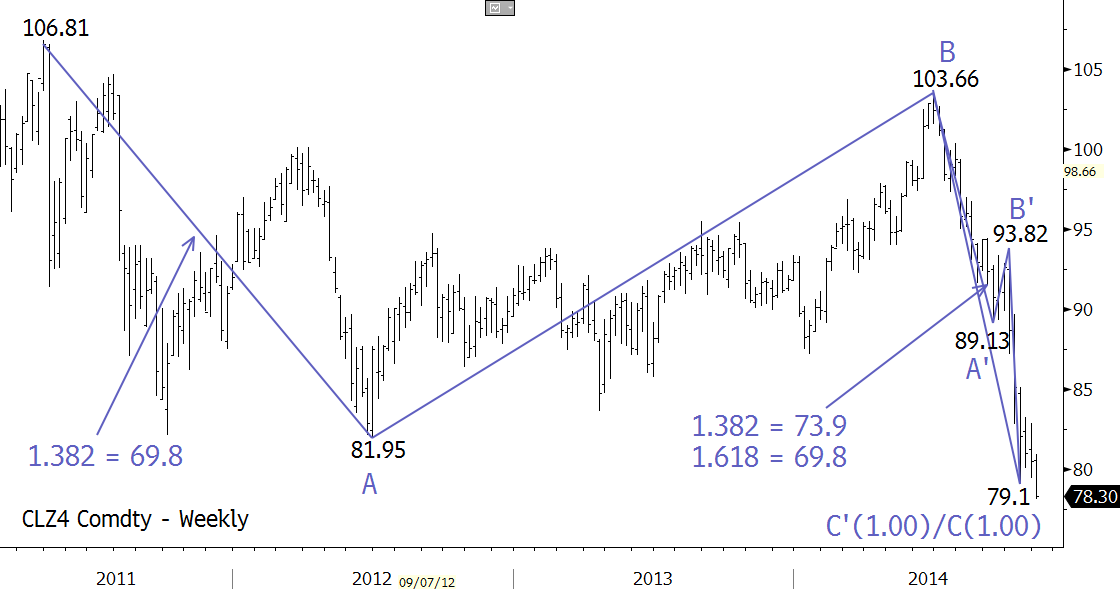This is the fourth of a four part series on Kase Wave Analysis. In this video Kase’s senior analyst, Dean Rogers, shows how the Kase Wave Analysis can be combined with other technical factors and indicators to make trading decisions.
This is the fourth of a four part series on Kase Wave Analysis. In this video Kase’s senior analyst, Dean Rogers, shows how the Kase Wave Analysis can be combined with other technical factors and indicators to make trading decisions.
This is the third of a four part series on Kase Wave Analysis. In this video Kase’s senior analyst, Dean Rogers, demonstrates how to identify confluent support and resistance levels using Fibonacci wave projections. This is “where the rubber meets the road” with Kase Wave Analysis. Upon completion of this session you will be able to identify the key support and resistance levels using Kase Wave analysis.
Identify and remove wave projections that have been met by using swing highs and lows
Calculate True Range and determine an appropriate cluster size for confluence points
Demonstrate the ability to cluster wave projections into confluence points
Explain which support and resistance targets are the most crucial based upon confluence
December WTI broke the recent and crucial $79.1 swing low when prices fell to a $78.14 intraday low on Monday. This was the 1.00 projection for the two largest waves down from $106.81 (Wave A) and $103.66 (Wave A’/C). WTI is now poised for at least $73.9 and possibly $69.8, which are the next targets for these waves. Look for near-term resistance at $79.8, $83.0, and $84.8.
For more information about this call, the importance of these targets (and others), and the technical factors driving prices lower, take a trial of Kase’s weekly energy forecasts.

This is the second of a four part series on Kase Wave Analysis. In this video Kase’s senior analyst, Dean Rogers, explains how to calculate the nine core Fibonacci wave projections that Kase uses for analysis. Upon completion of this session, you will be able to calculate these projections for a series of waves.
Identify the impulse and corrective legs of a wave
Show how the Fibonacci sequence and Phi are derived
Explain why the Fibonacci sequence and Phi are important for wave analysis
Explain the difference between impulse and corrective wave projections
Demonstrate the ability to calculate impulse and corrective wave projections
Assemble a grid of Kase’s nine core Fibonacci wave projections for a set of waves
This is the first of a four part series on Kase Wave Analysis. In this video Kase’s senior analyst, Dean Rogers, explains how to identify and pick waves. Upon completion of this session, you will be able to assemble a list of the most important waves for analysis.
Identify proper swing highs and lows
Recognize the X, Y, and Z points of a wave
Identify valid, invalid, and irregular waves
Demonstrate the appropriate point at which to drop to shorter bar lengths
Produce a list of all of the appropriate up and down waves